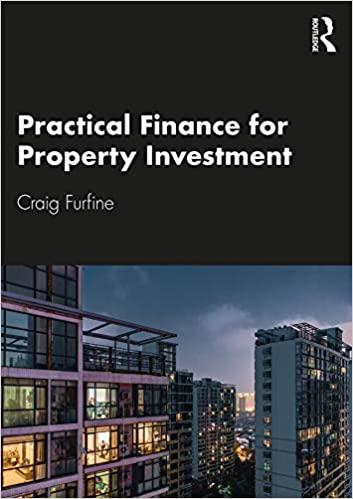Question
Security A is priced such that it has an expected return of 11%. The standard deviation of its returns is 15%. Its returns have a
Security A is priced such that it has an expected return of 11%. The standard deviation of its returns is 15%. Its returns have a coefficient of correlation of 0.80 with returns on the market index or portfolio. Security B is priced such that it has an expected return of 5%. The standard deviation of its returns is 20%. Its returns have a coefficient of correlation of 0.25 with returns on the market index or portfolio. The standard deviation of returns on the market index or portfolio is 10%. The risk free rate is 3.00% and the expected market risk premium is 5.25%.
1) We can say that (NO calculation required):
A. Security A has greater total risk than does Security B.
B. Security A has less total risk than does Security B.
C. Security A and Security B have the same amount of total risk.
D. No statement can be made about the relative total risk of the two securities.
2) Security A has a beta of: 37. Security B has a beta of:
3)The equilibrium expected return on Security A should be:
4) The equilibrium expected return on Security B should be:
5) Which of the following is true, based on the Capital Asset Pricing Model?
A. Security A is overpriced and Security B is underpriced.
B. Security A is underpriced and Security B is overpriced.
C. Both Securities A and B are underpriced.
D. Both Securities A and B are overpriced.
Step by Step Solution
There are 3 Steps involved in it
Step: 1

Get Instant Access to Expert-Tailored Solutions
See step-by-step solutions with expert insights and AI powered tools for academic success
Step: 2

Step: 3

Ace Your Homework with AI
Get the answers you need in no time with our AI-driven, step-by-step assistance
Get Started


